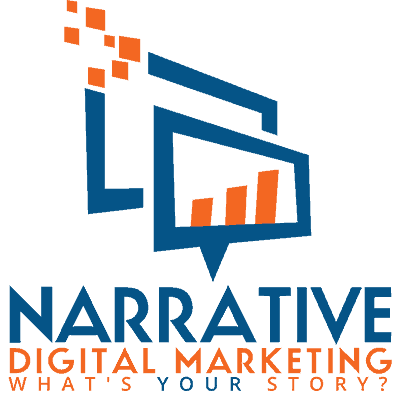
Resistance to social media has been one of the most common issues I’ve faced in my career as a digital strategist/marketer. The term social media is often greeted by rolling eyes. In my experience, people associate Twitter and Facebook with cat videos. Trying to illustrate the value of social media marketing for business-to-business companies can be an uphill battle.
I’m a firm believer in the usage of social media for business services and not just for sexy, glamorous brands. Boring brands can have success on social media, too.
Social isn’t just for “sexy” brands
Caterpillar, the company that makes large farming and construction equipment, has over 51,000 Twitter followers. I don’t know anyone who would consider Caterpillar an exciting brand, so how has it accumulated a following on Twitter of that size? As Gene Marks recently wrote for Forbes, Caterpillar utilizes its Twitter account to share behind-the-scenes footage from upcoming commercials, links to blog posts, as well as commentary on industry trends.
Caterpillar is effectively using Twitter; as an extension of their communication and marketing efforts. They have realized that it is no longer enough to have a website and expect customers to find you that way. Today, it’s about being where your customers are. More importantly, it’s about having a conversation with your customers, talking with them, not broadcasting to them.
How do you get customers interacting with a brand?
Engaging customers on social media involves humanizing the brand. After all, people don’t want to interact with a logo. How exactly can you humanize a brand? Tim Washer, senior marketing manager of social media at Cisco, is an advocate for the use of humour corporate communications. One of my favourite quotes of his is, “73% of all people who read B2B blogs are people.”
I think businesses get so caught up in their complicated systems and sales funnels that they forget that on the other side of the equation is a person. At the end of the day, the buyer is going to be a person, someone a business needs to effectively reach and resonate with.
Finding the best way to communicate with customers can be daunting. This is especially true in a conservative, risk-averse company. I’ve lost count of how many social media posts I’ve written on behalf of other people; mostly senior level staff who have LinkedIn profiles but are not comfortable using.
It’s not the most authentic approach, but I’ve learned over the years that social media adoption among the naysayers happens with baby steps. Getting people to post on LinkedIn and then showing them the metrics that resulted from that post has proven a successful way of showing the value of social media marketing.
I like to show the analytics behind a campaign and use the numbers to encourage more activity. For example, if one post resulted in five visits, then I use that as a benchmark for the next campaign, something that we can improve upon.
In my current role, I know of several instances where social media activity has led to new business. Each instance is a success story and used to help get more people comfortable in using social media to communicate.
I haven’t found a way in my current role to use humour in campaigns. (Making Tax issues funny is a hard, hard task.) It’s not all bleak, however. The recent success of the HelloFlo ad gives me hope that someday, I too will be able to utilize humour in a campaign. I mean, what can be made funny about menstrual periods? It turns out that there is plenty of laugh about:
How are other “boring” brands making social media work for them?
The infographic below from the folks at Who is Hosting This? illustrates how brands like Staples, Allstate and Sharpie are all finding success on social.
Allstate uses a fictional character, Mayhem, to describe situations where insurance can step in and save you. The character is quite funny and entertaining to watch. The @Mayhem Twitter account has more than 55,000 followers since it launched in September of 2013.
Staples, the office supplies company, has over 265,000 followers on Twitter. How did they manage that? By being funny and conversational rather than focusing on product promotion. Staples seems to have realized that using social as a broadcast tool isn’t going to get you far.
As for Sharpie, the permanent marker maker, it uses both Instagram and Twitter to engage with its audience. On Instagram, they feature artwork created only with Sharpie pens, along with some promotional content. The mix seems to be working as the Sharpie Twitter account has more than 111,000 followers.
 Source: WhoIsHostingThis.com
Source: WhoIsHostingThis.com
Still don’t think social media has a place in the B2B space?
